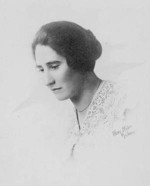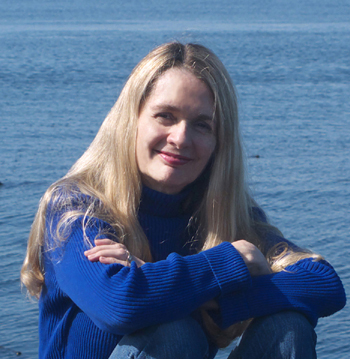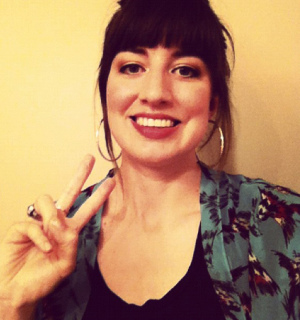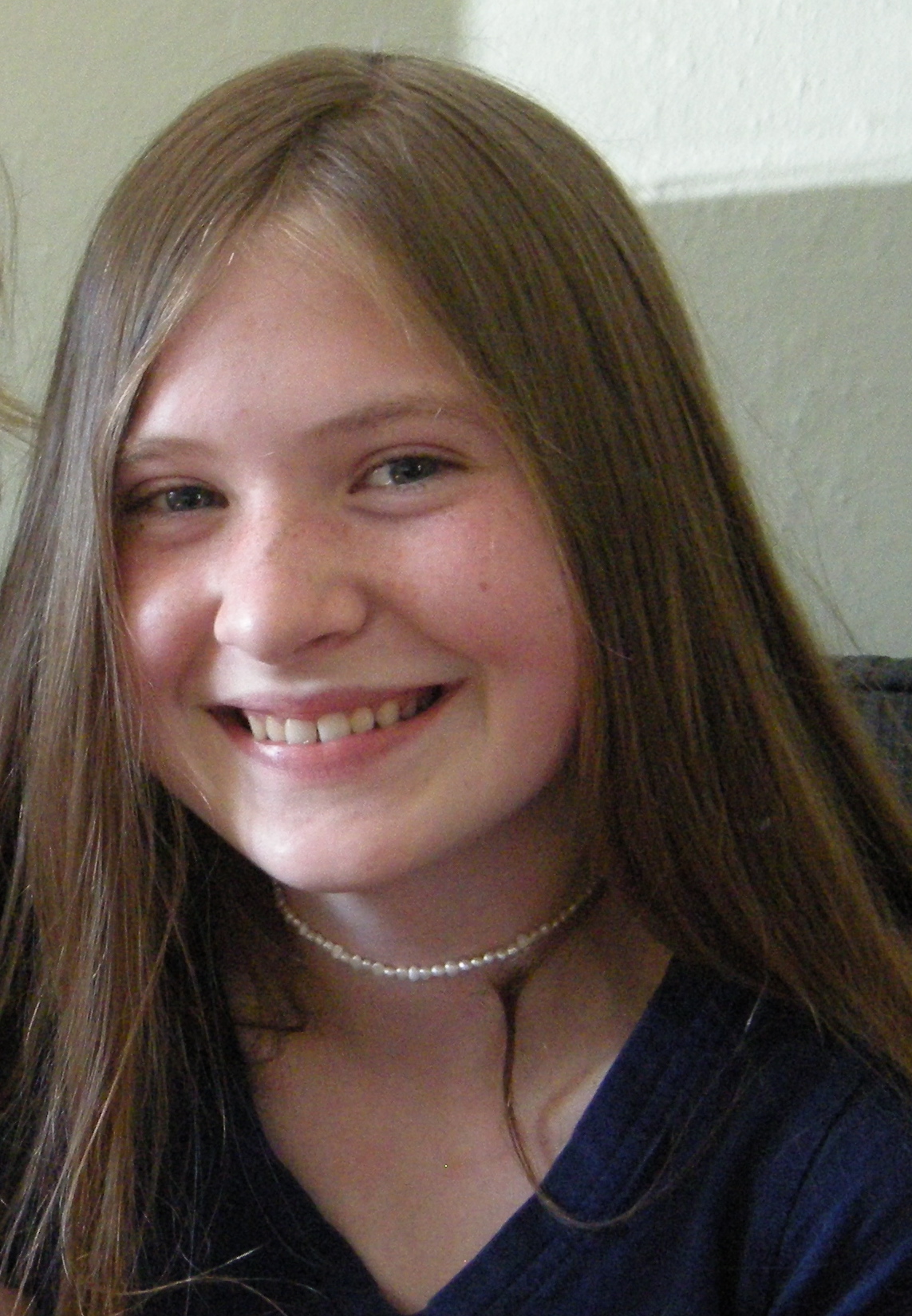Social Stratification
 Wednesday, June 5, 2013 at 01:08PM
Wednesday, June 5, 2013 at 01:08PM Social Stratification
by Natasha Boorman
I have been bothered by the issue of social stratification since before I even had a name for it. What is social stratification? It is the hierarchical division of people into castes or classes. It’s something most of us experience daily, and quite unfortunately women tend to be clustered near the bottom. This isn’t a choice, or at least I can’t imagine it is. After all, who would willingly choose to be looked down upon? It is the great failing of our society; the assumption that the talented will rise to the top, that good things happen to good people, that bad things happen to bad people, and that if you live in poverty then you must have done something to deserve it. As comforting as the just-world hypothesis may be for some people we need to move past it and see things as they really are.
This is the issue the Occupy movement tried to address; the issue of some people being unable, or barely able, to afford life’s necessities. It can affect anyone. Economic independence can be nearly impossible for some and getting help is difficult and often seen as shameful in our society. I mention this in relation to women because we are a prime example, although it extends to other marginalized groups as well. Why though? Why are we still struggling to make ends meet? As things stand there are more women than men currently employed in British Columbia. However, they are twice as likely to work part time as the men are. I won’t deny that in some cases this may be a choice. After all, some of these women likely have children to look after. That being said, not all women want to work part time. Furthermore, women make less than men do on average. I’ve heard far too much rationalization for this discrimination, as I’m sure everyone else has.
I am hopeful though. That with enough education women and other marginalized groups will be seen as the equals we are. That with enough time people will begin to realize how unrealistic the just-world hypothesis is. It isn’t going to be easy but as long as we all stay strong and speak out against injustices and apathy we can bring about a society where people are treated equally. I can’t wait to live in a world where our worth as human beings isn’t determined by our yearly income; a world where even those in the lowest income brackets can still afford life’s basic necessities.






